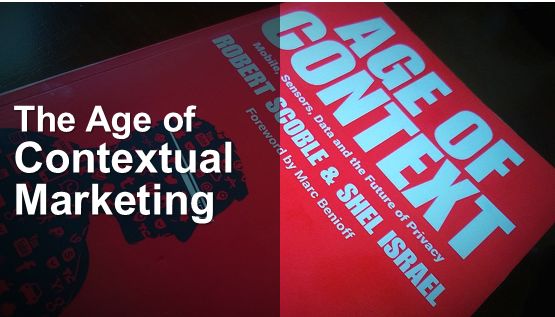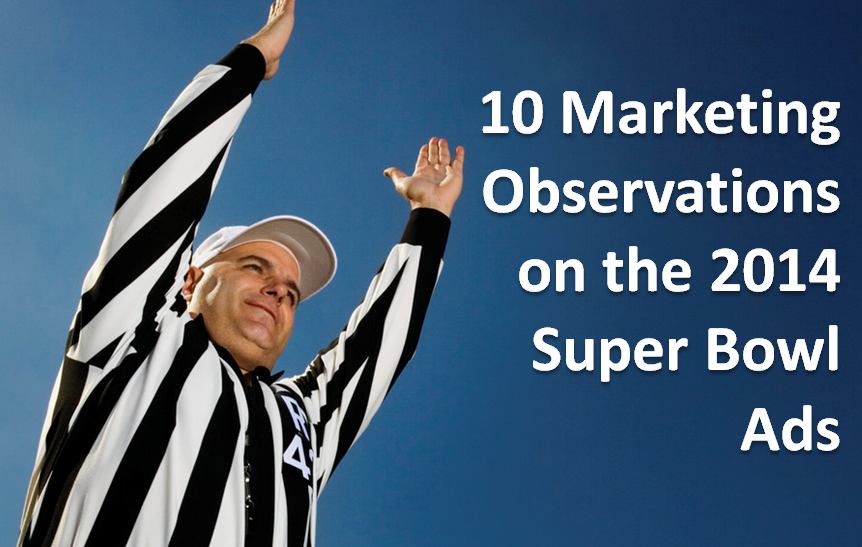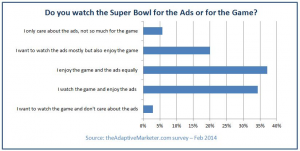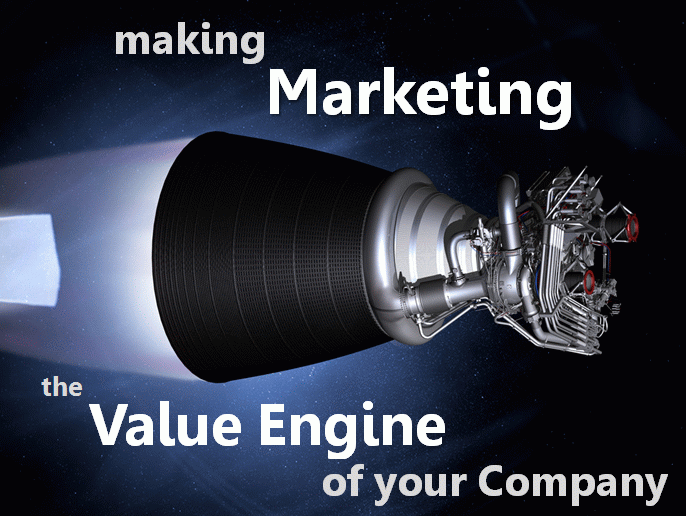Online marketers, like most other professionals, are expected to do more with less – especially in challenging economic times. Onlinemarketers are trying to find out how to increase Web site and campaign effectiveness, which can be measured in terms of unique visitors, click-throughs or leads. Marketers in eCommerce companies have a bit more focused goals, focusing on conversions and average order value, often acheved via up-selling and cross-selling.
Key to meeting these objectives is to ensure people visiting your Web site or receive email communications from your company are presented with the most useful information and the most powerful offers for them. In this quest of finding the best message, the best offer, the best banner ad, marketers have tried a number of different tools from personalization to analytics to a/b testing. It is easy to get too exited about these tools, but at the end of the day, it is critical to understand these are only tools to improve relevance.
Relevance is the key to Web site effectiveness. But how to make your messages more relevant? Most studies show Web site visitors have very limited patience: if they can’t find what they need in three clicks, they are gone. This means you have one or two chances to give each individual customer exactly what he or she is looking for: the product they want, the answer to the question they have, the information they need. This post aims to provide an overview of the tools available to increase relevance.
The first step is Analytics. You can’t improve what you can’t measure. Analytics can tell you how many people are visiting each page or consume each of the resources that you make available on your site, what are the most common click-through paths, exit pages and many other useful data points. Unfortunately, most organizations don’t have the people or the time to properly study the analytics data to derive business insight and to act on this insight. maybe because it is hard to show ROI for these activities outside of media and online commerce.
One of my favorite phrases is “Your opinion (as a marketer), while interesting, is irrelevant“. No matter how smart you are, you can only guess what will be most attractive for your customers. therefore, one of the fundamental principles of marketing communications is to test everything. In this age it is inconceivable to run a banner ad without at least testing a few messages. Testing multiple messages takes very little effort and, in my experience, the results often surprise you. When testing 4 or 5 different banner ads, it is not uncommon to find a 5x difference in performance. The same applies to direct mail, email promotions, etc.
But testing banner ads and messages manually is very time consuming, although certainly worthwhile for large campaigns. This is where a/b testing comes in. A/B testing tools automate the process of presenting multiple offers to customers, sometimes based on a specific segment, reporting results in real time and adapting your site to use the message that proved to be most effective in tests.
MVT Testing take this concept further by testing multiple variables: message, color, position, offer, etc. – and all their possible permutations. MVTcan be incredibly powerful to fine-tune offers and promotions in any website. As good as they are, adoption of A/B and MVT tools has been very limited, mostly in eCommerce companies. As with analytics, resourcing is part of the problem.
A/B and MVT have their own challenges: First, it is still for the most part a manual process. Second, you could be testing all the wrong things – the process still requires someone to decide what messages or what elements to test. Last, these tools require some time to run (the more variables in play the longer it takes for MVT to produce statistically-valid results) and they are focused on past behavior.
This is where a new breed of tools come in: Content Recommendations, offered by companies like Vignette, Omniture, Loomia and others. While there are differences between how these products work, the fundamental premise is the same: to observe customer behavior, and to automatically determine what is the most relevant content, product or offer for a particular customer based on what similar customers have found to be useful.
A short story to illustrate: An architect builds an office complex with multiple buildings a parking garage, a cafeteria and other services. The buildings open to the tenants but there are no concrete pathways between buildings, the architect has left all the open space covered in grass. After a few weeks, the paths that people take to go from one building to the other are clear from the wear in the grass. Over time, the grass is gone in these paths. The architect then paves thee paths with concrete. He did not try to guess which way people would walk. He observed and acted on actual behavior. Recommendation technologies pave the path between website visitors and the content they want.
Now a specific example: An online tax service is trying to make their website more useful. During tax season, many customers would go to their site and look for “Form 1099”. Traditional search tools would use a keyword-based algorithm to find the web pages and documents where the keyword “Form 1099” occurred more often. Instead, Recommendations technology observes that most visitors who type “form 1099” in the search box actually end up opening, downloading and printing a file called IRS1099-A.pdf and then spend some time in a page labeled “how to fill your tax return”, so it presents these two resources at the top of the search results, even though the keyword may not even appear i the actual page or file. This scenario is what is being called social search.
Another advantage of Recommendations is that it can adapt in almost real-time to changes. Imagine a celebrity appearing on TV on a Friday afternoon wearing some very chic aluminum sunglasses. Everyone who is watching the TV show wants to buy these sunglasses. The first visitors to your eCommerce site would have to navigate a bit to find the exact product, but after a few visitors buy the item, recommendations technology “paves” the way for other visitors, a process that could take minutes. Your analytics person or campaign marketer could be asleep or on vacation and recommendations technology has learned from customers and adapted the site to show the now very hot item in the most prominent position.
As with any new technology, there are differences between the offerings from recommendation technology vendors. There are a couple key aspects to consider when evaluating them:
- The observation technology – it can go from the very simple (clicks-based) to te very advanced (some measure over 30 heuristics).
- The algorithm to determine what to recommend – some call it the wisdom of crowds engine
- How similar visitors are grouped – behavioral segmentation and integration with your explicit profile data
- Content database – how it is organized, categorized and updated as items become available or are retired
- Presentation model – how the recommendations are integrated into your overall website experience
This is very exciting technology that is likely to produce big results for most web sites who implement the technology but more importantly for customers in general.






